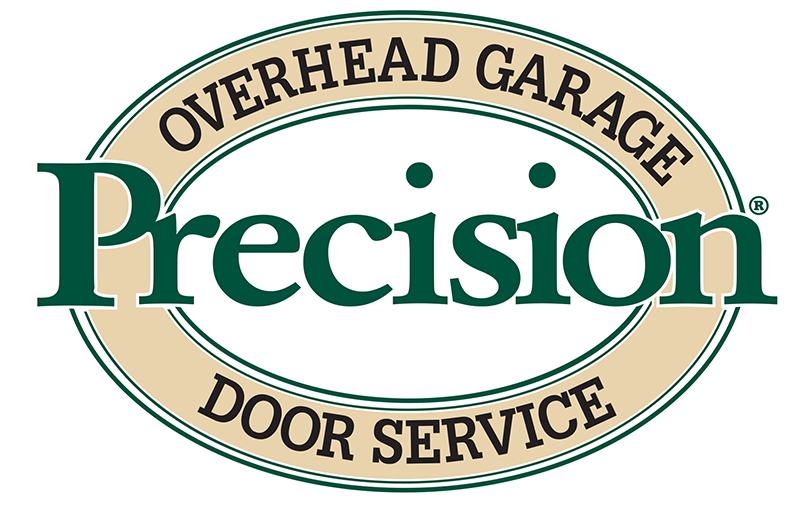
Traditional garage doors consist of a single panel, but many homeowners prefer the benefits of rolling doors rather than single-panel sectional models. There are many differences when you consider traditional vs. roll-up doors. In addition to pricing, installation, materials, and durability are factors to consider. First, here’s a look at the key differences among these types of overhead doors:
Sectional Doors

An overhead sectional garage door consists of one large piece that tilts up over the floor. It may also swing out. Although generally noisier than a sectional model, retractable sectional units may be quieter; however, their complex design takes up space and increases the risk of breakdowns and repairs.
Sectional doors are built with 24” sections that are fixed together. They’re typically formed with 16- or 14-gauge metal and available in standard sizes. The door is mounted to the vertical face of the garage wall. However, there is a horizontal track that must be fixed to the ceiling, so room is needed to support it.
Rolling Doors

By contrast, rolling doors, or overhead coiling doors, are built with 18-24 gauge, 3/16” to ½” structural steel. Each door is constructed into segments or slat sections, each of which are typically about 2” or 3” wide. Rolling doors are therefore more flexible, strong, and visually appealing, not to mention easier to customize.
Rolling door models generally require a simpler mechanism to operate, which can reduce maintenance. Some doors can tolerate over 1 million open/close cycles before they need maintenance. By comparison, heavy-duty sectional garage doors, with an upgrade, can withstand about 100,000 cycles.
Should I Choose a Traditional or Roll-Up Garage Door?
What’s best for your home depends on the following:
- Space: Sectional door tracks take up room on the ceiling, reducing headroom. When the door is open, significant overhead space is blocked, restricting room for lighting, fire sprinklers, HVAC components, or storage. Rolling doors can eliminate this problem.
 Safety/security: Both types of overhead doors are secure. However, roll-up doors provide an advantage with stronger gauge steel and interlocking sections. Their parts are usually enclosed, including the counterbalance shaft and springs. On the other hand, the springs and cables on a sectional door are exposed, so are more vulnerable to damage; broken springs make a door unbalanced and can easily cause injuries.
Safety/security: Both types of overhead doors are secure. However, roll-up doors provide an advantage with stronger gauge steel and interlocking sections. Their parts are usually enclosed, including the counterbalance shaft and springs. On the other hand, the springs and cables on a sectional door are exposed, so are more vulnerable to damage; broken springs make a door unbalanced and can easily cause injuries.
- Cost: Rolling doors may provide a cost advantage in commercial environments, given their durability and low-maintenance. In residential settings where the door isn’t opened and closed that frequently, a sectional door might be more economical. Practicality then falls on how you use your garage ceiling space. In general, sectional garage doors cost less upfront, but you can save in the long run with low-maintenance, heavy-duty rolling steel doors.
- Maintenance: The maintenance needs of sectional doors, as noted, are greater than with rolling doors. Springs, cables, and mechanical components are prone to rust and corrosion and must be replaced when there are signs of damage or wear. Also, sectional models have up to 40 parts to lubricate or maintain regularly so, over the long run, rolling doors can save time and money. Plus, their grease-coated springs are protected against rust and cold temperatures.

Precision Door Service of Fresno Can Help You Decide
Knowledgeable about all types of overhead doors, we can help you determine whether a rolling or sectional door is best suited for your home. All types of garage doors, from wood or composite to glass, to steel, are available. For more information or a free estimate, call our garage door installation professionals at 877-301-7474 today!
Updated 1/27/21












